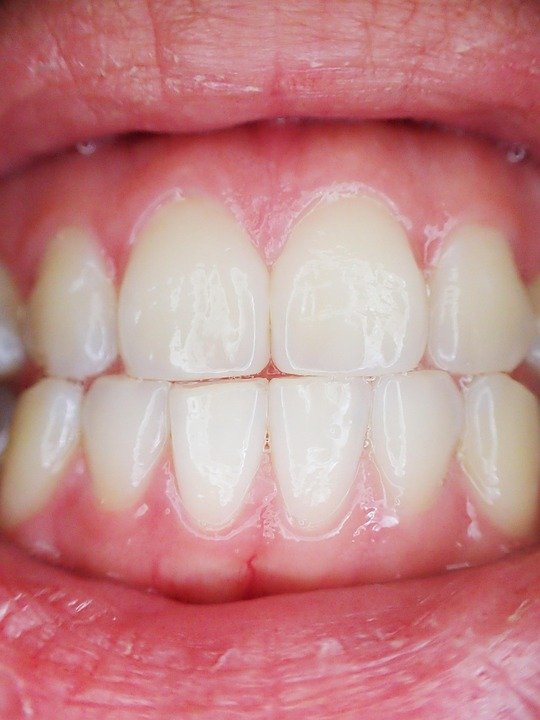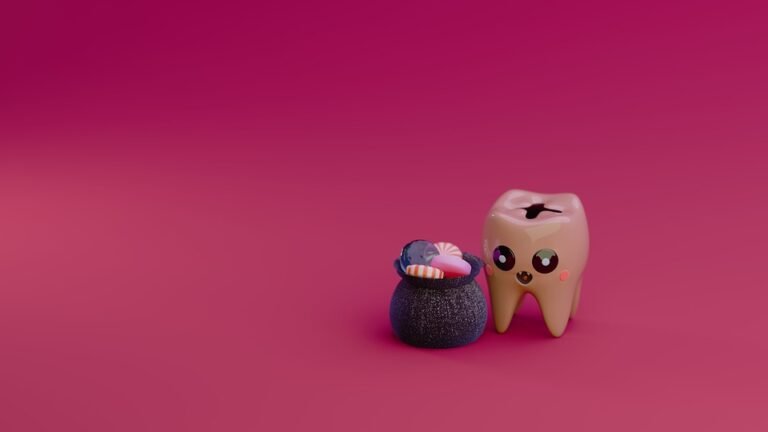How does bio-inspiration improve dental materials
Okay, so I’m a dental student and we’re touching on bio-inspiration in materials science, but I’m still struggling to grasp exactly how it’s improving dental materials. We’ve learned a little about enamel and dentin structure, and how they’re really strong and wear-resistant, but what are the specific examples where researchers are taking cues from nature to create better fillings, implants, adhesives, etc.?
I’m especially interested in:
- What properties are being improved? (e.g., strength, aesthetics, bonding, biocompatibility, wear resistance)
- What specific natural structures are inspiring these improvements? (e.g., enamel prisms, nacre/mother-of-pearl layering, collagen fibers)
- Are there any concrete examples of commercially available dental materials that utilize bio-inspired designs? Like, actual products I could find in a dental supply catalog.
- What are the challenges to overcome in translating these bio-inspired designs into real-world dental applications? It seems like it would be hard to replicate something as complex as enamel perfectly.
Basically, I want to understand the current state-of-the-art in bio-inspired dental materials and where the field is headed. I’m hoping for explanations beyond just "it makes them stronger" – I’d like some more detailed examples. Thanks!
Answer
Bio-inspiration, also known as biomimicry, leverages the natural world as a source of innovative design and functional solutions. In the realm of dental materials, this approach has yielded significant advancements by mimicking the structure, properties, and processes found in natural dental tissues and related biological systems. Here’s a detailed look at how bio-inspiration improves dental materials:
1. Improved Mechanical Properties:
- Enamel Mimicry: Natural enamel is an incredibly strong and wear-resistant material. Bio-inspired approaches focus on replicating its hierarchical structure, which consists of highly ordered hydroxyapatite crystals arranged in prisms. Researchers are developing composites and coatings that mimic this prism-like arrangement using nanoparticles or micro-scale building blocks of hydroxyapatite or similar calcium phosphate materials. This leads to increased hardness, fracture toughness, and resistance to crack propagation, thereby enhancing the durability and longevity of dental restorations.
- Dentin-Inspired Composites: Dentin, the bulk of the tooth, exhibits a unique combination of strength and elasticity due to its collagen fiber matrix and embedded mineral crystallites. Bio-inspired dental composites aim to replicate this dual-phase structure. This involves incorporating nanofillers, such as bioactive glasses or modified hydroxyapatite, into a polymer matrix in a way that mimics the collagen fiber organization. These composites demonstrate improved flexibility, reduced shrinkage stress during polymerization, and enhanced resistance to fatigue, leading to better marginal integrity and reduced risk of restoration failure.
- Bio-mineralization: Natural tooth formation (amelogenesis and dentinogenesis) involves a controlled biomineralization process orchestrated by specific proteins. Bio-inspired approaches use similar principles to induce the formation of mineral phases within dental materials or at the tooth-material interface. This can be achieved by incorporating biomimetic peptides, proteins, or polymers that act as templates or nucleating agents for mineral deposition. The resulting materials exhibit improved mechanical properties, enhanced bonding to tooth structure, and promote remineralization of damaged tooth tissues.
- Shell-Inspired Layered Structures: The nacre (mother-of-pearl) found in seashells is renowned for its exceptional toughness despite being composed of brittle materials. Nacre’s layered arrangement of aragonite platelets, held together by a protein matrix, provides a basis for bio-inspired dental materials. Researchers are developing layered dental ceramics and composites that mimic this structure, leading to increased resistance to crack propagation and catastrophic failure.
2. Enhanced Biocompatibility and Bioactivity:
- Cell-Instructive Materials: Dental materials can be designed to interact favorably with surrounding tissues by incorporating bio-signals. This includes incorporating peptides or growth factors that promote cell adhesion, proliferation, and differentiation. For example, materials can be functionalized with arginine-glycine-aspartic acid (RGD) sequences, which are known to promote cell attachment. These cell-instructive materials can accelerate tissue regeneration, improve implant osseointegration, and reduce inflammation.
- Antibacterial Properties: Bio-inspiration provides strategies for developing dental materials with inherent antimicrobial properties. This can involve mimicking the surface structures of certain insects or plants that exhibit self-cleaning and antibacterial properties. For example, materials with nano-scale surface textures can inhibit bacterial adhesion and biofilm formation. Alternatively, materials can be functionalized with antimicrobial peptides or enzymes that are naturally produced by the body’s immune system.
- Remineralization Potential: Bio-inspired materials can promote the remineralization of enamel and dentin, reversing early stages of tooth decay. This involves incorporating calcium and phosphate ions into the material in a bioavailable form. Amelogenin-derived peptides, for instance, can guide the organization and growth of hydroxyapatite crystals, facilitating the remineralization process.
- Improved Osseointegration: For dental implants, bio-inspiration aims to improve osseointegration, the direct structural and functional connection between bone and the implant surface. This can involve mimicking the surface topography of bone, such as the presence of micro- and nano-scale features that promote bone cell adhesion and growth. Bioactive coatings, such as hydroxyapatite or calcium phosphate, can also be applied to implant surfaces to enhance osseointegration.
3. Improved Aesthetics:
- Enamel Translucency: Natural enamel exhibits a characteristic translucency due to the scattering of light by its internal microstructure. Bio-inspired dental materials aim to replicate this optical property by carefully controlling the size, shape, and refractive index of the filler particles within composites or ceramics. This results in restorations that more closely resemble natural teeth in terms of color and light transmission.
- Chameleon Effect: Certain marine organisms exhibit the ability to change their color by manipulating the arrangement of light-reflecting structures within their skin. This principle can be applied to dental materials to create restorations that can adapt to the surrounding tooth structure, providing a more seamless and natural-looking aesthetic outcome. This may involve incorporating micro- or nano-scale optical elements into the material that can be tuned to match the color and translucency of adjacent teeth.
4. Enhanced Bonding to Tooth Structure:
- Adhesive Proteins: Marine mussels secrete adhesive proteins that allow them to firmly attach to various surfaces in wet environments. These mussel-inspired adhesive proteins, such as 3,4-dihydroxyphenylalanine (DOPA), have been incorporated into dental adhesives to improve their bonding strength and durability, even in the presence of saliva.
- Self-Assembly: The self-assembly of molecules and materials is a common phenomenon in biological systems. Researchers are exploring the use of self-assembling peptides and polymers to create dental adhesives that can penetrate into the microscopic pores of enamel and dentin, forming a strong and durable bond.
5. Controlled Drug Delivery:
- Nature-Inspired Vesicles: Liposomes, which mimic cell membranes, are utilized as drug delivery vehicles. By encapsulating therapeutic agents like fluoride or antibacterial compounds within liposomes incorporated into dental materials, sustained and targeted drug release can be achieved. This can help prevent tooth decay, promote tissue regeneration, or combat infection.
In summary, bio-inspiration offers a powerful toolkit for improving dental materials by mimicking the ingenious designs and functionalities found in nature. By understanding the fundamental principles of biological materials and processes, researchers can develop innovative dental materials with enhanced mechanical properties, biocompatibility, aesthetics, bonding, and therapeutic capabilities. These advancements hold the potential to significantly improve the longevity, performance, and patient acceptance of dental restorations and implants.




